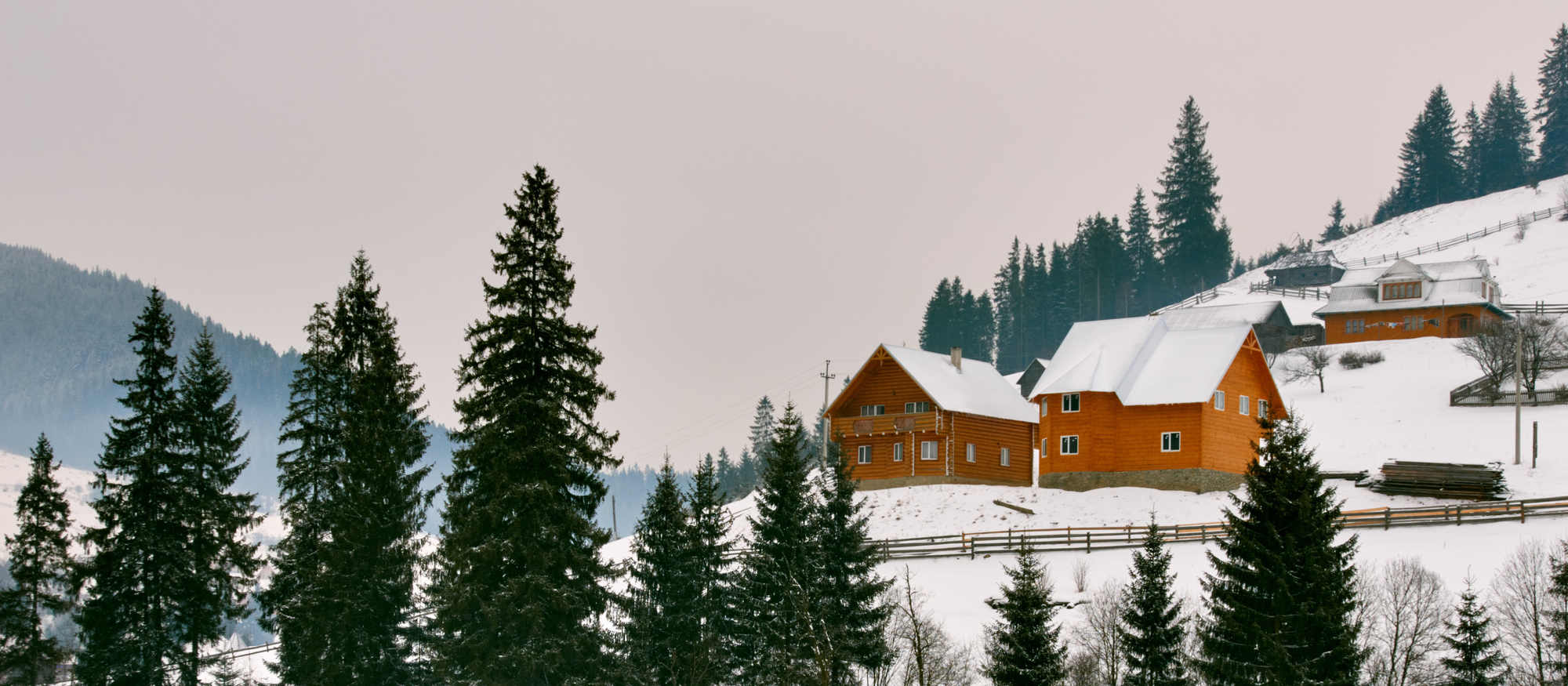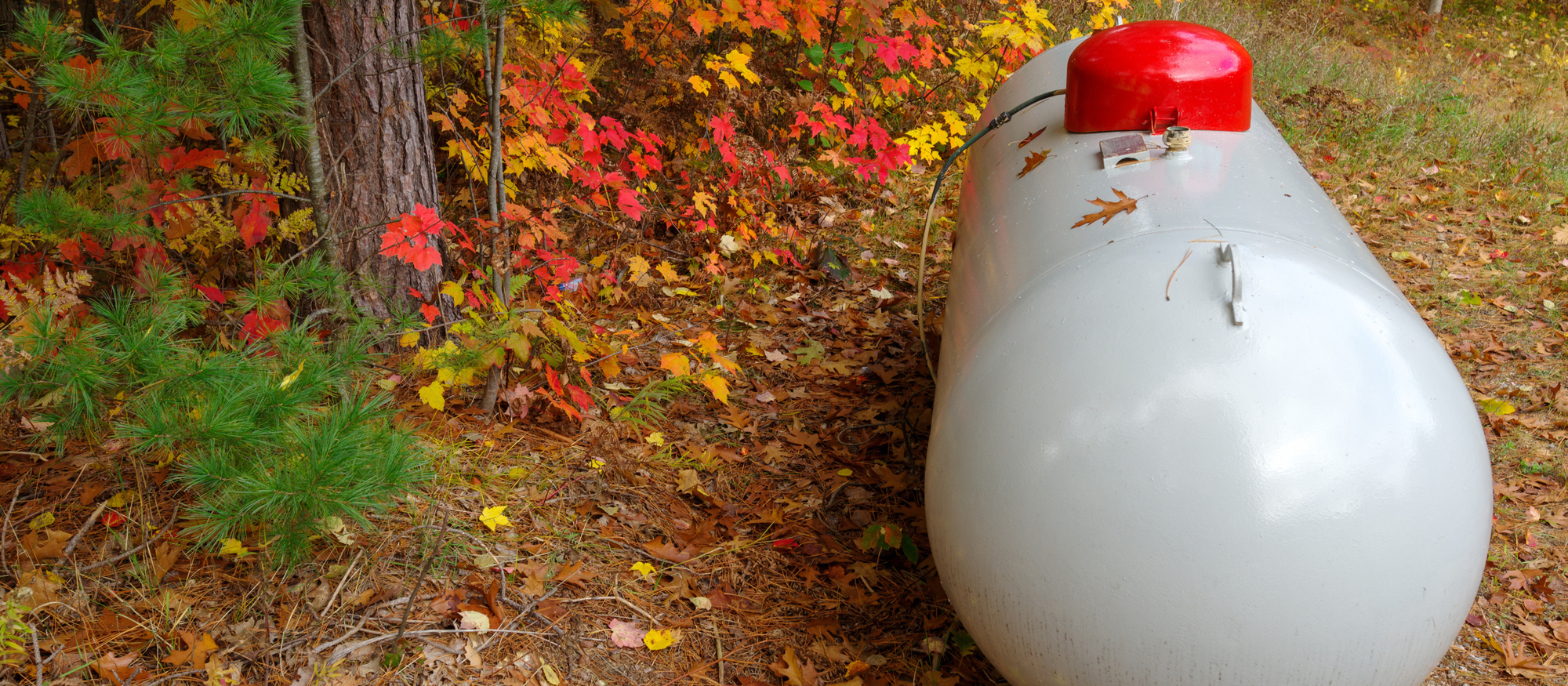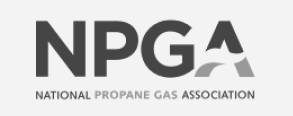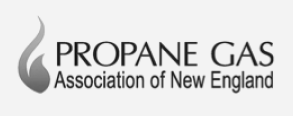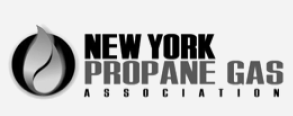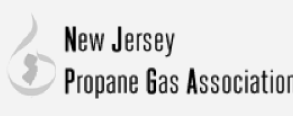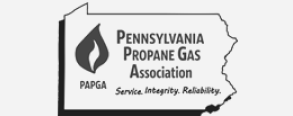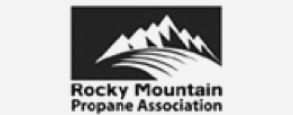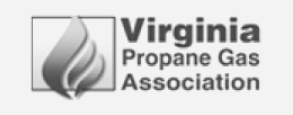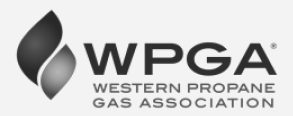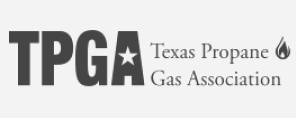

As the leaves begin to turn and those crisp nights creep in, there’s a sense that fall has officially arrived. While pumpkin spice and cozy sweaters are part of the season’s charm, for homeowners with propane-powered systems, fall means it’s time to prep — both for comfort and safety. At Tankfarm, we believe that the best winters are earned with smart autumn prep. Read on for your fall checklist to get your propane-powered home ready for cooler nights ahead.
Why Fall Prep Matters
Fall is your grace period. Waiting until the snow flies or frost hits can cost you comfort, money, and sometimes even safety. A little attention now helps ensure your heating systems, propane supply, and home envelope work efficiently when you really need them. Plus, propane is an extremely efficient fuel — what might feel like “just getting by” without prep can end up costing more in repairs, energy, or last-minute emergency service calls.
1. Check Your Propane Tank Level
- Don’t let it get low. Before fall settles in, ensure your propane tank is at least ~30% full. That gives you buffer for cold snaps when usage spikes.
- Monitor usage. Tankfarm offers free monitoring devices that let you see your propane levels in real time. With one of these, you can avoid the worry of unexpectedly running out.
- Schedule deliveries ahead. When many homeowners are scrambling, delivery queues grow. Getting ahead means you're less likely to be delayed.
- BONUS: Tankfarm customers don’t have this worry – our technology allows us to auto-schedule your deliveries before your tank ever gets too low. And our Never Run Out Guarantee means you won’t ever have to call us!
2. Schedule a Pre-Winter Inspection
Have a licensed technician come by before true cold weather sets in. Key things to inspect include:
- Tank condition: rust, dents, or other damage can compromise safety.
- Valves and connectors: leaks are dangerous and costly.
- Appliances powered by propane: furnaces, boilers, water heaters, cooktops — all should be tested and tuned up.
A small investment now can prevent big problems later.
3. Start Your Heating System Early
Turn on your furnace (or other heating systems) before the temperature drops drastically. This gives you time to:
- Listen for unusual sounds
- Detect uneven heating in different rooms
- Identify system hiccups (e.g., failing fans, strange smells)
If anything feels off, have a professional check it out before the first freeze.
4. Test and Maintain Carbon Monoxide Detectors
Propane is generally safe, but any fuel-burning equipment has the risk of producing carbon monoxide, especially if something malfunctions. To keep your home safe:
- Make sure CO detectors are installed near bedrooms and on every floor.
- Replace batteries. Test units per manufacturer guidance.
- If you don’t yet have one, install a high-quality detector now.
5. Prepare for Power Outages
Fall storms (and early winter weather) can knock out power. Even when propane heats your home or powers key appliances, many systems still rely on electricity. Think ahead:
- Consider investing in a propane-powered generator. It’ll keep essentials running — heating, refrigeration, lights — during outages.
- Ensure your propane storage is accessible (clear of snow, ice, and obstructing vegetation) so technicians and delivery trucks can reach your tank when needed.
6. Seal Drafts & Improve Insulation
Heating systems only work as efficiently as your home allows. Cold air sneaking in, warm air escaping — these all drive up fuel usage and lower comfort.
- Inspect doors, windows, and attic hatches for gaps. Use weather stripping or caulk to seal leaks.
- Check insulation: attics, walls, basements. If your home is under-insulated, a relatively small upgrade can pay off in comfort and fuel savings.
- Don’t forget vents and external pipes — keep them clear of leaves, debris, and ensure any coverings are in good condition.
7. Upgrade to a Smart Thermostat (Optional, But Worth It)
Smart thermostats give you more control over your fuel usage. They allow you to:
- Program temperature setbacks for when you’re away or overnight.
- Adjust heating remotely.
- Learn your schedule and optimize heating cycles.
Even small adjustments (turning the thermostat back a few degrees at night, for example) can lead to noticeable propane savings over the season.
8. Safety Reminders You Can’t Skip
Fall is also a time to revisit safety basics:
- Never store propane tanks inside. Keep tanks outdoors in a ventilated spot.
- Be alert for the propane odor (smells like rotten eggs). If you smell it, leave the area immediately and call your supplier or emergency services.
- Maintain clearances around appliances. Don’t store flammable materials nearby. Ensure proper ventilation.
Final Thoughts
Fall is your chance to get ahead — to ensure cozy, safe, efficient propane-powered winters rather than rushed fixes and cold regrets. By following these steps — checking tank levels, inspecting systems, sealing drafts, and keeping safety top of mind — you’ll set your home up for comfort when cooler nights roll in.
At Tankfarm, we make it easy to stay ahead. With our wireless monitors, reliable delivery, and propane expertise, we’ve got your back so you can enjoy your fall nights — pumpkin pie, warm blankets, and all. Contact us today for a quote!
Stay warm, stay safe, and let’s power through fall together.
